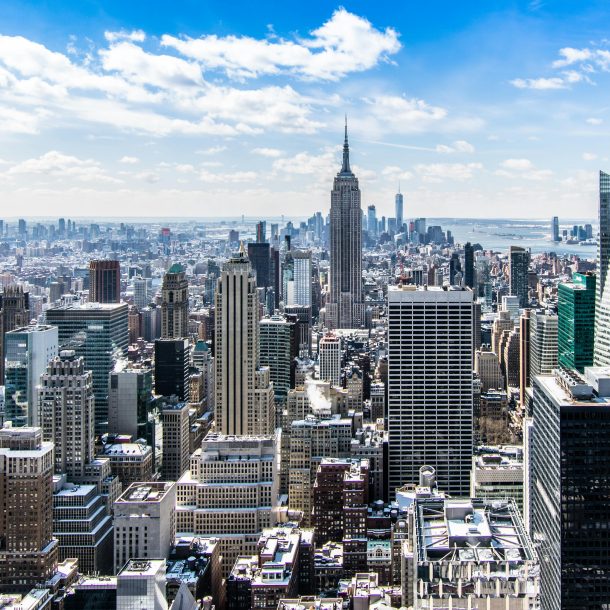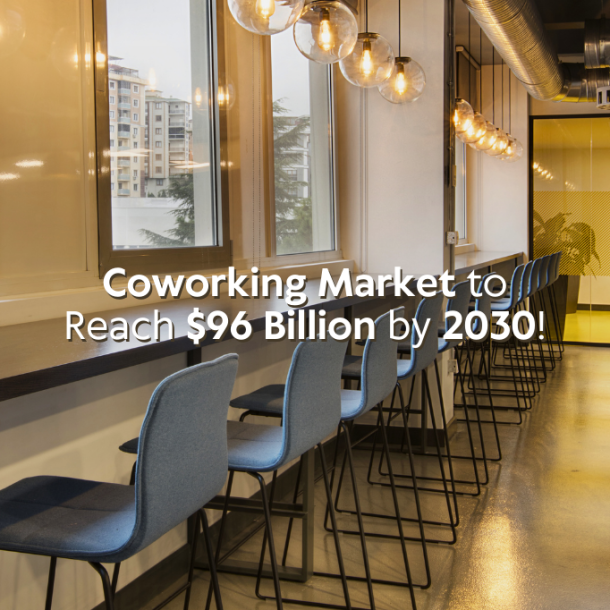
The Evolution of Office Design in the Last 10 Years: Changing Workspaces from 2015 to 2025
Office design is a constantly evolving field to adapt to the changing expectations of employees and the dynamics of the business world. Some concepts that started to become popular in 2015 are now standardised in 2025. So, what has changed in office design in the last 10 years? Here are important topics on how office environments evolved between 2015 and 2025:
Flexibility: Offices Now More Adaptable
In 2015, flexible workspaces started to become popular, but by 2025, the concept is now at the centre of office design. Fixed desk layouts have been replaced by functional spaces that can be shaped according to need. Companies are creating adaptable spaces for different team sizes and project-based work.
In 2025, multi-purpose areas stand out in modern office designs. Thanks to movable furniture, modular workstations and meeting areas that can be hidden by curtain walls, workplaces can be reorganised according to instant needs. These designs not only increase the productivity of employees, but also support creativity and well-being.
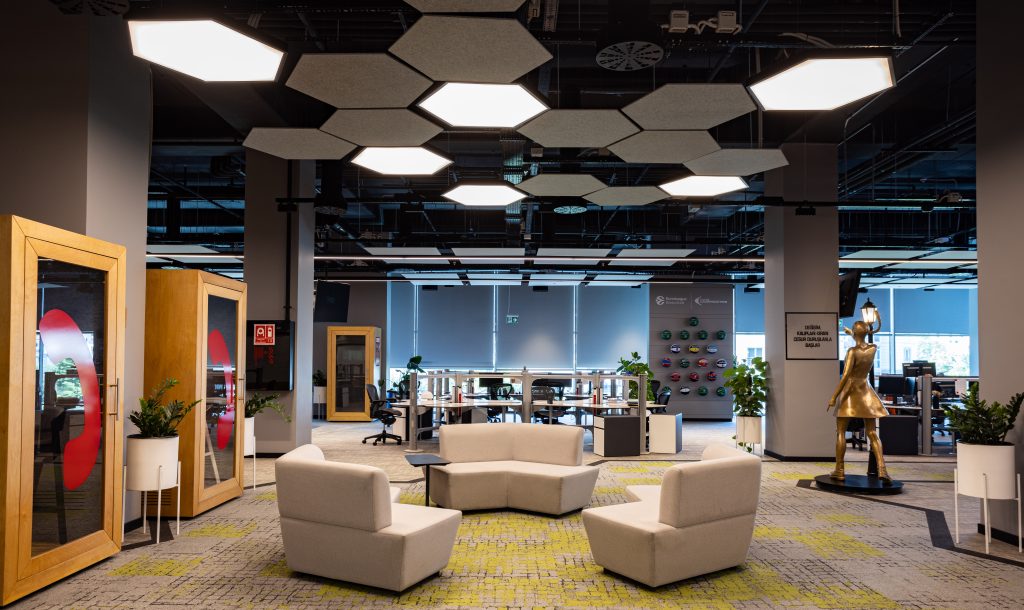
Cooperation at the Forefront
In 2015, collaborative working was important, but in 2025 it is even more critical. Open office plans, co-working spaces and flexible zones for spontaneous meetings encourage communication and creativity between teams.
For example, in open-plan offices, large common areas and resting corners are created instead of individual working areas, allowing employees to interact. While the open-plan structure allows teams to communicate easily, comfortable seating areas create ideal environments for brainstorming and exchanging ideas.
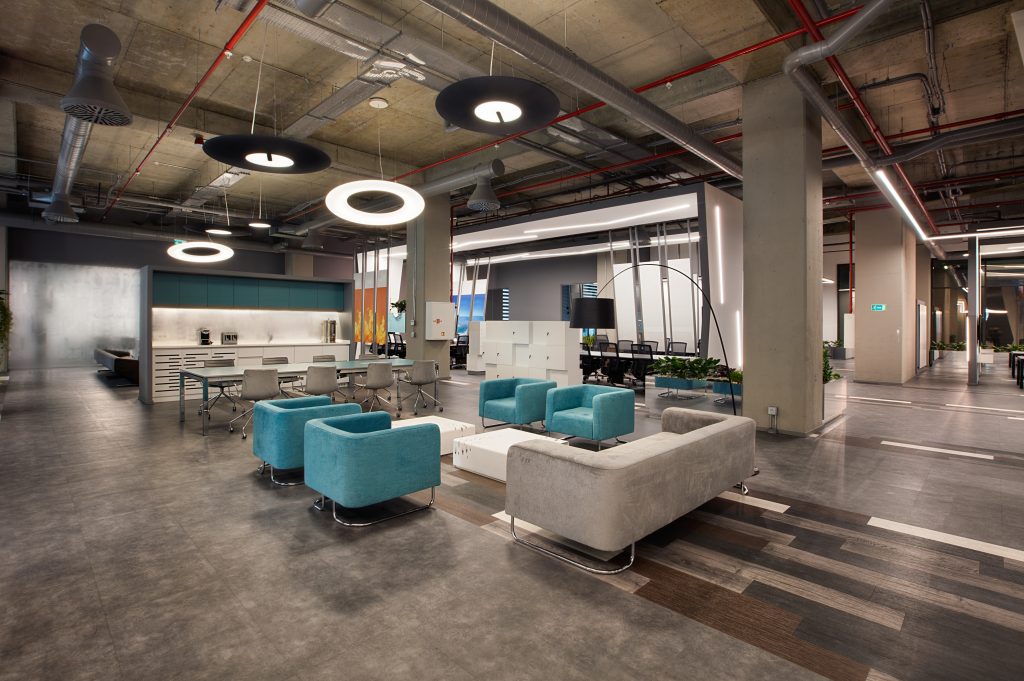 2015
2015
Space Efficiency: Smarter Utilisation
With the increase in rental costs, companies are looking for ways to use office space in the most efficient way. The ‘agile’ working model, which started to become widespread in 2015, is more adopted in 2025.
Instead of fixed desks, this model offers employees common areas, quiet working corners and multi-purpose meeting areas, increasing both flexibility and productivity. Thanks to mobile furniture, spaces can be transformed according to instant needs, thus reducing costs and increasing the comfort of employees.
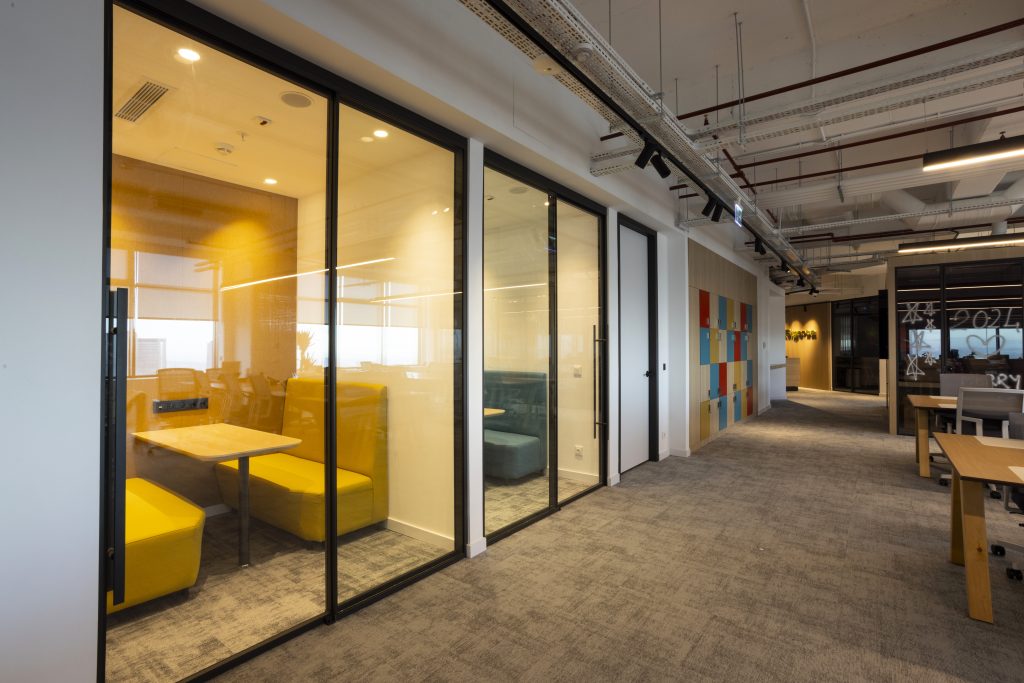
Noise Management: More Balanced Working Environments
Whether it’s 2015 or 2025, noise management in offices has always been an important issue. However, today’s offices offer spaces with different noise levels according to the needs of employees, creating a more balanced experience.
Different solutions such as quiet workspaces, acoustic panels, individual rooms and multi-purpose event spaces give employees the freedom to choose the environment that best suits their work style. For example, the soundproof recording studios of some companies in the music industry allow both artists to work creatively and office workers to work without interruption.
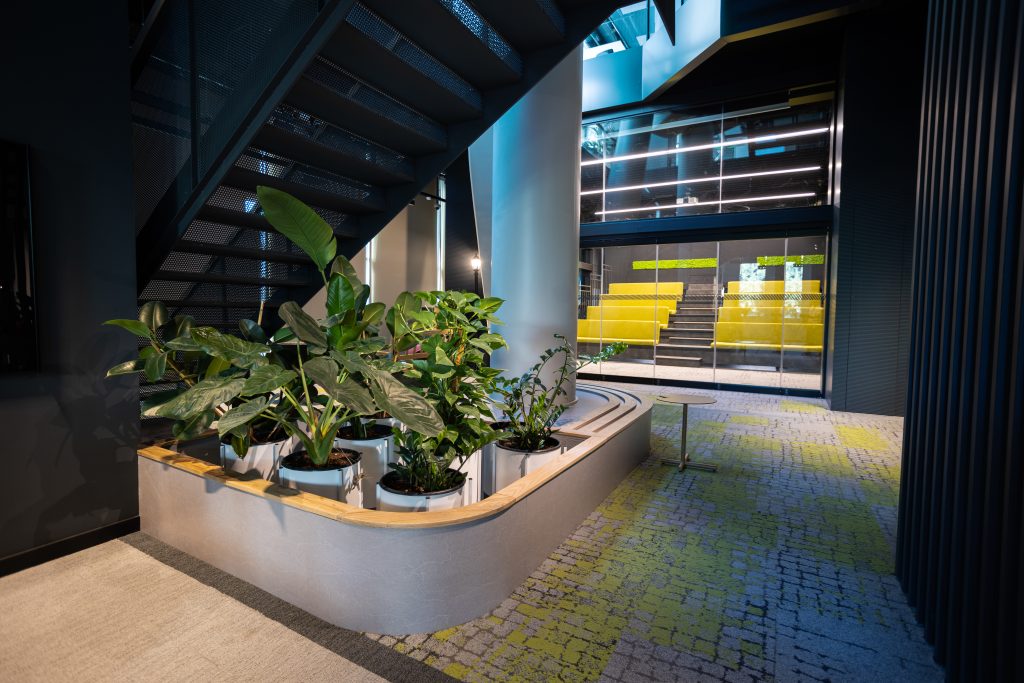
Offices in Touch with Nature: The Rise of Biophilic Design
In 2015, biophilic design was underestimated, but in 2025 it has become an indispensable element. Large windows that maximise natural light, interiors decorated with living plants and green terraces provide both aesthetic and health benefits.
Research shows that working environments in touch with nature reduce stress levels, increase employee happiness and contribute positively to overall business performance. The new generation offices adopt biophilic design and offer employees a break area connected to nature. A rest area with plenty of greenery and interiors decorated in pastel tones make employees feel more peaceful during work.
Conclusion: Changing Work Culture from 2015 to 2025
The changes in office designs in the last 10 years reflect the transformation in the business world. Flexible working trends, which started in 2015, form the basis of office designs by 2025. Collaboration, efficiency, noise management and workspaces in touch with nature have become indispensable elements of today’s offices.
In the future, designing healthy, sustainable and efficient working environments that focus more on the needs of employees will not be a choice for companies, but a necessity. Offices that can keep up with the changing business world will continue to increase both employee happiness and business performance.

